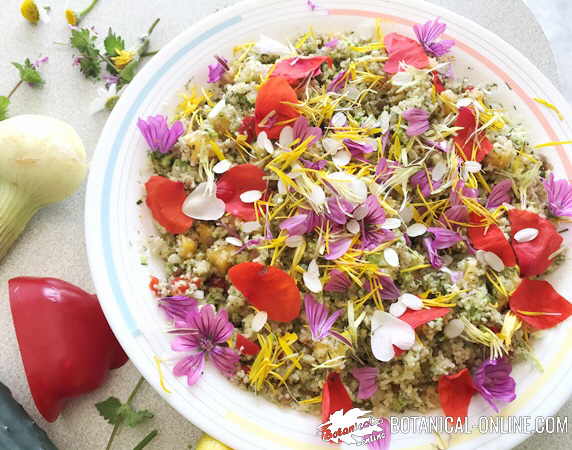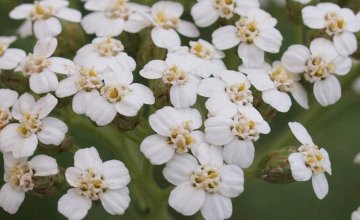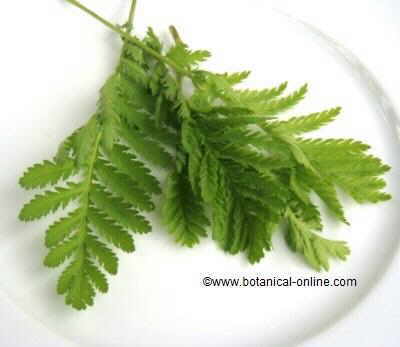Contents
- 1 Herbal remedies to treat pain
- 1.1 Natural pain treatment
- 1.2 Phytotherapy – Medicinal plants for pain
- 1.3 Rosemary for pain
- 1.4 Massages with lavender oil for pain
- 1.5 Willow infusions for pain
- 1.6 Laurel for pain
- 1.7 Arnica oil used as an anti-inflammatory
- 1.8 St. John’s wort oil for pain
- 1.9 Turmeric tablets, natural anti-inflammatory
- 1.10 Other herbal remedies for pain
Herbal remedies to treat pain
Natural pain treatment
Pain is an unpleasant sensation that our body experiences. It occurs when the brain receives the signal from the point of pain through the sensory nerves.
Phytotherapy – Medicinal plants for pain
The phytotherapy for pain involves the use of a series of plants that meet the following properties:
- Medicinal analgesic plants to reduce pain
- Anti-inflammatory medicinal plants to reduce swelling
- Antioxidant plants to reduce the wear and tear that occurs in the joints and that is one of the main reasons to feel pain
- Diuretic plants to eliminate excess fluid from the joints or inflamed areas.
Rosemary for pain

Rosemary (Rosmarinus officinalis) is a good muscle painkiller and sedative. Infusions of dried flower tops can soothe pain.
In the same way, if we add a handful of dried plant to the bath water, it will relax us and relieve us.
Massages with lavender oil for pain
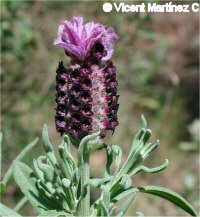
The essential oil of lavender (Lavender spp) is suitable for rubbing those areas of the body affected by pain.
This essential oil has anti-inflammatory and sedative properties to relieve pain. You can use a lavender oil to make frictions, or apply compresses with the decoction of lavender flowers to apply on the area.
Willow infusions for pain
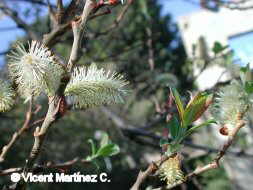
Willows (Salix spp) contain a component called salicin, which is the basis of aspirin and has analgesic, anti-inflammatory and febrifuge properties. Decoctions of the willow bark provide this component in a natural way.
Another plant with the same property is Meadowsweet (Filipendula ulmaria), because it also contains salicylates.
Laurel for pain
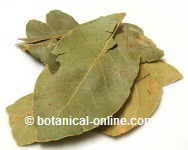
Laurel (Laurus nobilis) helps fight rheumatic diseases, relieving pain and deflating the affected joints. The ointment with laurel essential oil extracted from the fruits is applied on the joints and painful areas, being a very effective remedy.
Arnica oil used as an anti-inflammatory

Arnica (Arnica montana), for its anti-inflammatory and analgesic properties, is one of the most used remedies against joint pain, muscles and that produced by bumps and bruises.
It is used in the form of cream or oil. Both preparations that can be purchased in pharmacies.
St. John’s wort oil for pain
St John’s wort (Hypericum perforatum) is a plant suitable for the pain of muscles and joints, when the oil of the plant of this plant is applied by friction.
You can prepare homemade hypericum oil by macerating the flowering tops in vegetable oil for at least 20 days.
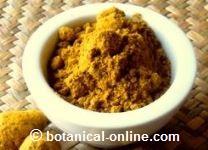
Turmeric tablets, natural anti-inflammatory
Turmeric (Curcuma longa) is a medicinal plant of the same family as ginger. It is used for its anti-inflammatory properties against muscle pain, carpal tunnel syndrome, arthritis, or internally for stomach pain and joint pain.
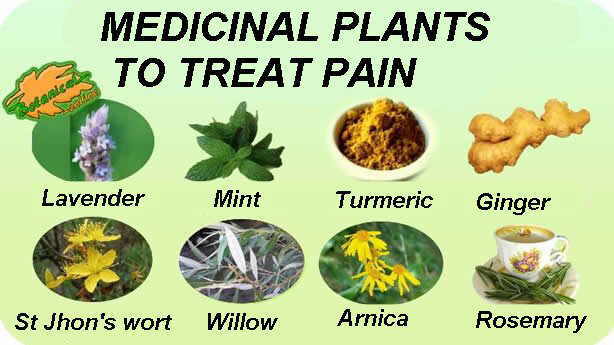 Main medicinal plants and remedies for the natural treatment of pain.
Main medicinal plants and remedies for the natural treatment of pain.
Other herbal remedies for pain
- Ginger (Zingiber officinale) used in massage oil or in poultice, it has anti-inflammatory, stimulant and analgesic properties. It is suitable in case of muscle pain, muscle atrophy or joint pain. (Infusions of ginger) (Infusion of ginger and thyme) (Ginger poultice)
- Lemon ( Citrus limonum): It is recommended to consume lemon for the properties of citroflavonoids and the properties of vitamin C for defenses.
- Cabbage (Brassica oleracea): Cabbage is one of the easiest remedies to find in the pantry. It has anti-inflammatory properties and helps reduce inflammation. In external use, the leaves of cabbage, place, in the form of plasters, on the painful areas of the body will help to diminish the pain.
- Clove (Eugenia caryophyllata): Given its anti-inflammatory and analgesic properties, clove can be used to diminish pain. It can be applied externally in compresses over the area of pain, or we can make clove infusions for pain in the mouth, molars or stomach.
TABLE OF REMEDIES FOR COMMON PAINS
| TABLE OF REMEDIES FOR COMMON PAINS | |
| Muscles and sinews | |
| Muscular atrophy | Bones and joints |
| Fibromyalgia | Joint pain |
| Spasms/ache/cramps | Back or spine ache |
| Muscle pain | Neck pain |
| Tendinitis | Sprains |
| Bursitis | Dislocations |
| Others | |
| Stomach ache | Period pains |
| Sore throat | Headache |
| Toothache | Migraine |
| Earache | |
![]() More information on pain
More information on pain



